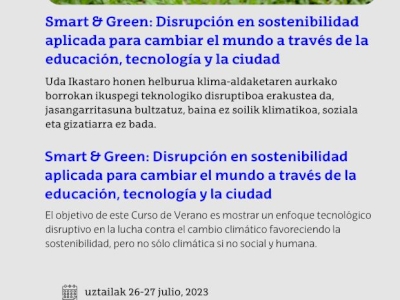socialWorld

NASA's Parker Probe Makes History By Becoming First Human-Made Object To Approach The Sun
NASA's Solar Probe has come closer than eight times the distance between our star and the nearest planet, Mercury. The Solar Probe has become the closest man-made object to the Sun.
It could revolutionize our understanding of solar physics. The Parker Probe launched in August 2018 on a seven-year mission to deepen scientific understanding of the Sun, as well as help forecast space weather events that can impact life on Earth. This could give Earth valuable time to protect our most vulnerable systems in the event of a severe solar flare.
This device travels in an elongated orbit, moving close to the orbit of Venus and, each time the planet meets the probe on the outer part of its journey, it receives a gravitational impulse that increases its speed and that has brought it a little by little closer to the Sun thanks to all the passes made around the infernal twin of the Earth. The last encounter (the eighth) and, therefore, the last gravitational impulse occurred on November 6.
Modern physics suggests that time does not advance, it is only an illusion.
HAS THE SPACE PROBE SURVIVED?
It is something that we do not know for the moment until Friday, December 27, which will be when, in theory, the "beacon tone" is received through the NASA Deep Space Network complex in Canberra, Australia, which would indicate that the Parker solar probe is still alive.
In this critical phase of the closest flyby to the Sun in history, the probe is unable to communicate with Earth precisely because the probe's transmissions have been blocked by its proximity to the Sun.
Multimedia
Smart & Green Fundazioa Summer Courses from UPV/EHU

What are you waiting for? Sign up
Blockchain Conference La Rioja









